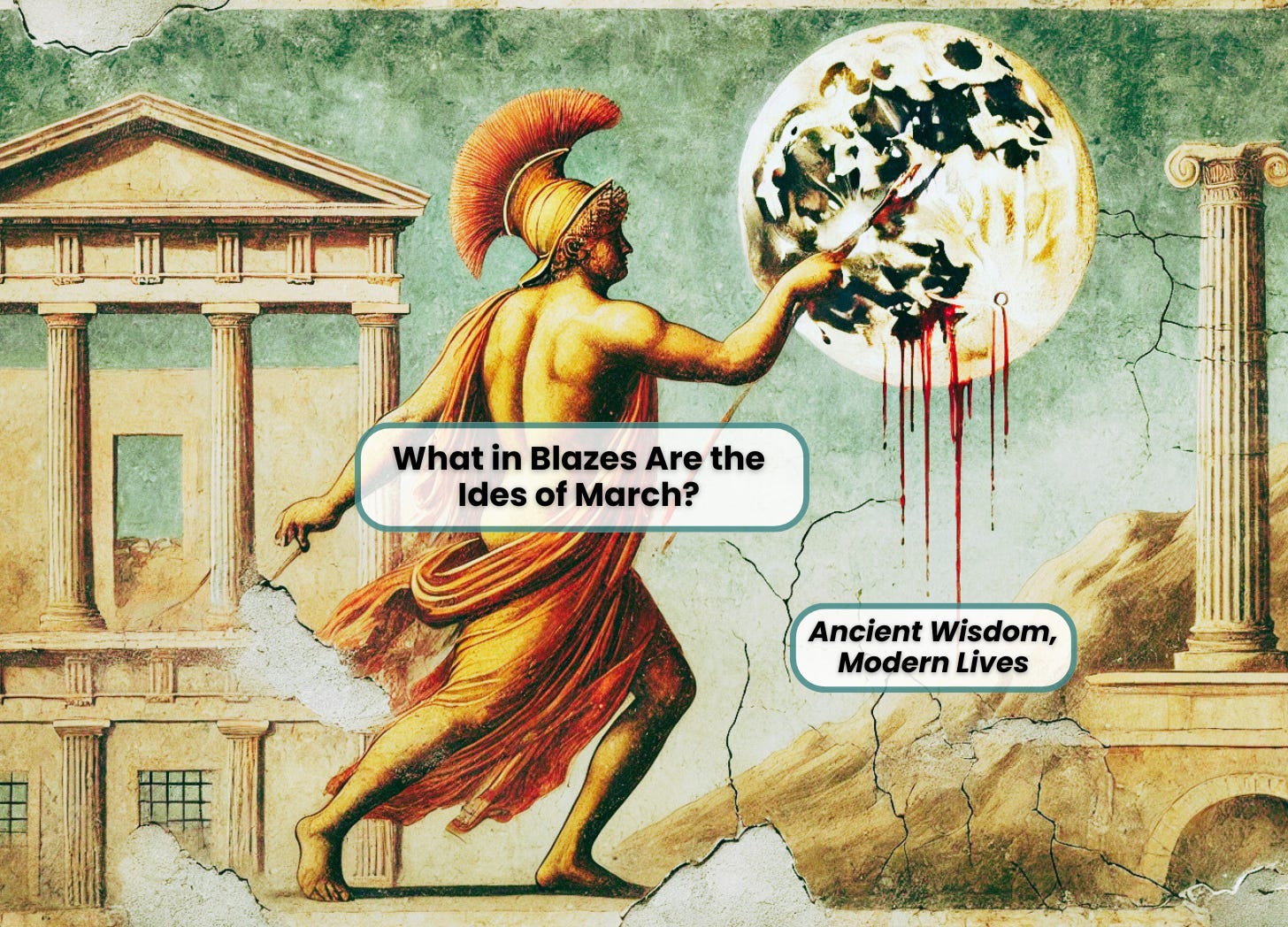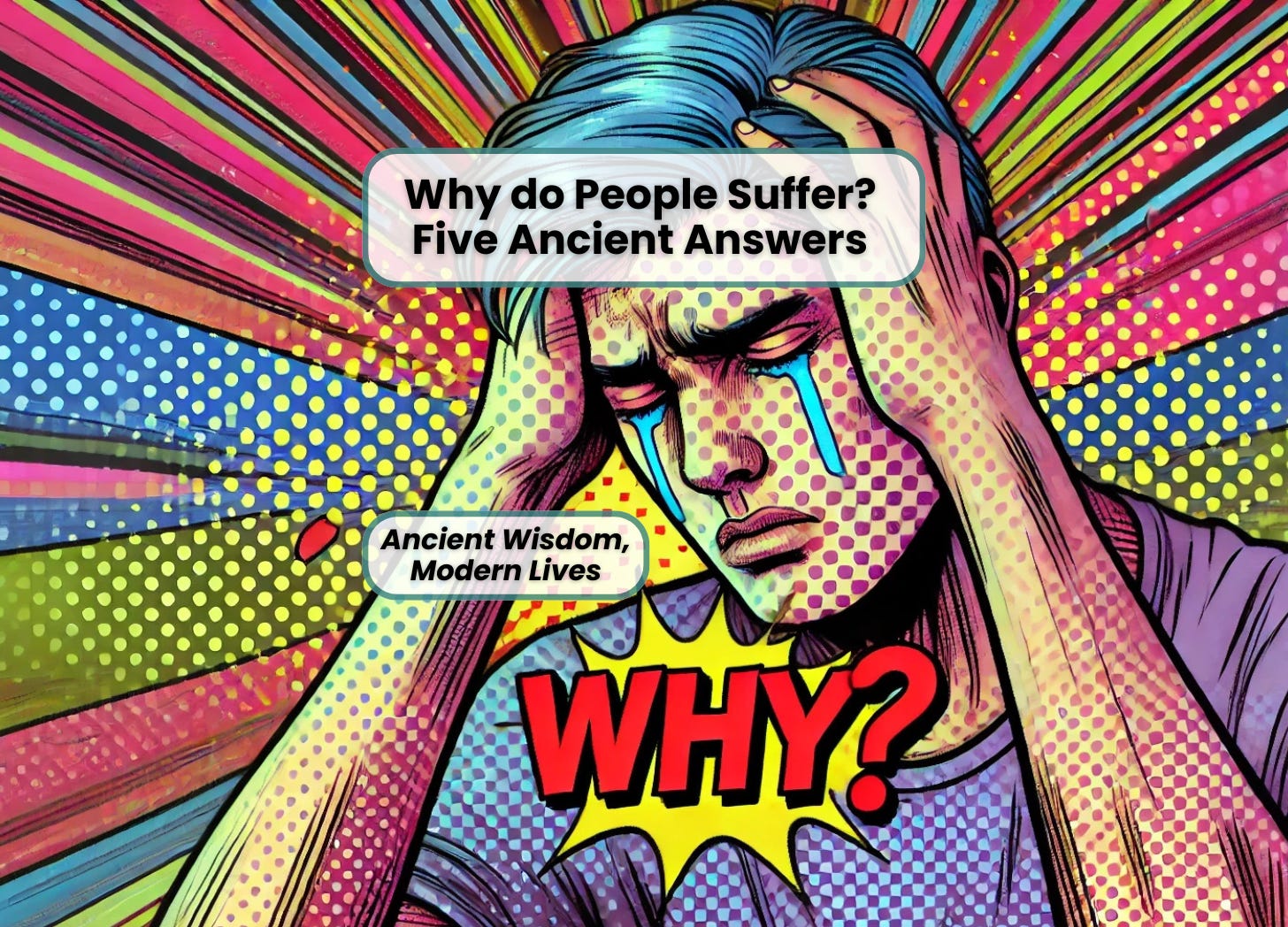On Translation and Explanation
In a recent discussion here, Paula asks about where the line is drawn between “translation” and what I called “explanation.” It’s a really important question.
I don’t think I have an answer in terms of definitions, but I have a few examples, starting with just English. (It’s helpful to look at English to English “translations” and related “explanations” because this takes some of the uncertainty out of the data and helps us focus on the theory.)
The English “sofa” and “couch” are so close in meaning that “sofa” seams like a reasonable “translation” for “couch.” By this I mean that if we had a word in a foreign language that meant “couch,” and we translated it into English as “sofa,” we’d be doing pretty well.
By contrast, “piece of furniture with that seats two to three people” is a fairly accurate description, or explanation, of “couch,” but it’s certainly not a translation. If we had a foreign-language word “couch,” my long phrase here doesn’t seem like it would be the right translation.
Similarly: “I think that I shall never see a billboard lovely as a tree.” Certainly part of the line’s charm is the rhyme and meter. I can’t think of another way of saying that in English that demonstrates the same rhyme and iambic tetrameter, so I can’t think of an English-to-English translation.
What are we to make of the following? “In my opinion, the asthetic beauty of nature is greater than that of human artifacts, and I choose to present my opinion in rhyming iambic tetrameter.” Surely that’s not a translation, but rather an explanation.
I no longer actively write this blog, but you can find me at Ancient Wisdom, Modern Lives
Subscribe Now I'd love to see you there!Moving away from just English and toward real translation, we might look at a discussion here about Matthew 12:10-12. The T-NIV translates anthropos in Matthew 12:10 as “man,” but in 12:12 as “person,” because the point of 12:12 is “How much more valuable is a human being than a sheep!” However, that seems like an explanation in part, not a translation. The original text (“how much more valuable is a man…!”) specifically refers back to the man in need of healing in Matthew 12:10. The Message goes even further away from translation toward explanation: “Surely kindness to people is as legal as kindness to animals!”
In other words, Matthew 12:10-12 uses a parable that involves a man and a sheep to demonstrate a point (ultimately about the Sabbath, not about the value of people, as it happens). I think a translation should do the same thing: make the same overall and ancillary points using the same techniques. Anything else is explanation.
As a third and final example, we might consider the lyric beauty of almost any passage in Isaiah. Let’s take Isaiah 60:1. The Hebrew starts off with two verbs, kumi, from the root for “stand,” and ori, from the root for “light.” So most English translations begin, “Arise, shine….” So far, so good. But then we have a repetition of a word from the root for “light,” namely oreich, “your light.” Here English translations, however, substitute a new word (usually, “light”) rather than repeat “shine.” So where there is a repetition in Hebrew (“stand” … “light” … “light”), we find the poetry destroyed (“arise” … “shine” … “light”) in English.
This kind of error also strikes me as “explanation” instead of “translation.”
anthropos Bible iambic tetrameter Isaiah Matthew translation






12 Responses
I disagree with you on Matthew 12:10,12.
First, I would like to strongly object to the following:
This is not the original text, which is in Greek, but your attempt at a translation of it. But it is not a correct translation, it is a distortion of the meaning of the text, as I explain below. It was by no means any part of Jesus’ meaning to suggest that only male human beings, not female ones, are more valuable than sheep. It is also highly insulting to women to suggest that Jesus might have thought otherwise.
In TNIV it is verse 10, not verse 12, which contains the “explanation”. That is because the Greek word anthropos does not mean “man” (at least not in the commonest contemporary sense of the word) but “human being” or “person”. It is a gender generic word, and as such in TNIV is regularly and correctly translated with a gender generic word like “person”. Now in verse 10 TNIV uses “man” because it is inferred from the context (although not actually made explicit) that this particular person is male, and so “man” is appropriate.
Jesus’ teaching, in the original Greek, makes it clear that both men and women are far more valuable than sheep. It does not say “this person” but refers generically to all human beings. Any translation which fails to make this clear is a serious distortion.
Thanks for your comments, Peter.
Three things come to mind:
1. Of course you are right both that the original is in Greek, and that the point of the passage is to be inclusive. I didn’t mean to suggest otherwise.
2. I think a passage can be narrow without being limiting. For example, disregarding Matthew for a moment, the English sentence, “women are more important than trees” doesn’t mean that men are less important than trees, or that women aren’t also more important than other foliage.
Still, in terms of a usable Bible, I can see the potential merit of emending “men are more important…” to “people are more important…,” just to be doubly sure that no one is offended.
3. Here’s my understanding of Matthew 12:10-13 and why it’s a translation challenge.
It’s a parable that uses specific examples from which we are supposed to draw broader meaning.
In particular, the elements of the story are (1) a man with a hand in need of healing; and (2) a hypothetical sheep that has fallen into a pit.
Matthew 12:11 points out that people will save the sheep (even) on the Sabbath.
Matthew 12:12 begins with the assumption that everyone will agree that the man in the story is more valuable than any sheep.
Matthew 12:12 ends with the conclusion that it is therefore lawful to “do well” (presumably including healing the man’s hand) on the Sabbath.
In Matthew 12:13, the man’s hand is healed.
Even though I think Matthew 12:12 rests on the assumption that everyone already agrees that people are more important than animals, we can still cite it to show that people are more important than animals. This is where the translation is tricky. In its role in the parable (particularly in 12:13), anthropos ought to be “man,” because it refers to a specific man. In its more general role, the word ought to be “person.” The Greek anthropos was both inclusive and specific. We don’t have a word like that in English.
Part of the power of parables lies in their specificity. The text doesn’t mention just “an animal,” but specifically a sheep, even though the point has nothing specifically to do with sheep. I think the same is true of “man.” The story mentions a “man,” even though it doesn’t have anything specifically to do with men.
As a matter of translation, I’d be happy with “person” throughout, even though it diminishes the specificity of the example a little (like using “animal” instead of “sheep”). I’d be happy with “man” throughout, on the general assumption that (I hope!) people can read “a man is more important than a sheep” without reading in to it, “a women is less important.” I don’t think that the sequence “man”/”person”/”man” does justice to the parable.
Thanks for that. 🙂 But I need to chew on it for a while (how would that be translated??).
In the meantime, I think it’s important to consider the often-unwarranted leaps many readers make. Should we stay true to “translation” and preserve the transparency of the text, or should we make every effort to keep the casual reader from jumping to erroneous conclusions?
It’s the same issue with kephale. When Paul uses a (hotly debated) phrase about “sources” before answering a question about literal head coverings, do we translate it as “head” to keep the play on words, or as “source” so people don’t read “boss” into it?
I’m getting to the point where I think a Bible without generous footnotes is a misleading one, no matter how good it may be otherwise.
Frequently a footnote is the only way to go, but, in a sense, relying on footnotes is giving up. If we had enough footnotes with descriptions and explanations, we wouldn’t need the translation to begin with.
Joel, thanks for your long reply. The problem with it is that I don’t accept your assertion that “The Greek anthropos was both inclusive and specific.” I don’t accept that it ever specified gender. It was the unmarked word which I accept was sometimes contrasted with the gender marked gune and from that context came to refer to men more than women.
Thus, while I accept that the person with the withered hand was in fact male, I would point out that his maleness is not clearly specified and entirely out of focus here. There is nothing in the entire account drawing any attention to anyone’s gender. Gender is no more relevant to the story than the colour of the man’s eyes. To bring gender specific words into a translation is to distort the text by introducing into it an entirely irrelevant and extraneous issue.
I object even more strongly to your wording
NO! This is not an emendation! This is not a loss of specificity! To suggest that it is is completely inconsistent with your expressed position that “The Greek anthropos was both inclusive and specific.” You can only claim that that “people” is an emendation of “men” and less specific than anthropoi if you deny the gender generic sense of anthropos. And I’m afraid that goes entirely against all respectable Greek lexicography.
Peter:
With your understanding of anthropos you’re right to object.
But I don’t understand why you don’t think that anthropos is sometimes gender specific in light of, for example, Deut 17:5, where anthropos is used next to gune in what almost has to be “man or woman.” Esther 4:11 is another example of anthropos and gune side by side, almost certainly “man or woman.” I Cor 7:1 (“it is good for anthropos not to touch a woman”) is almost as clear; could it really be “person”?
I agree that anthropos is sometimes gender neutral. I just think that it can also mean specifically “man.”
Dr. Hoffman,
I left a comment on my blog. The New Living Translation, Contemporary English Version, New Century Version and even the New Revised Standard Version have all treated this similar to the TNIV. The NRSV is the same.
Joel, I did already accept that anthropos is sometimes used in contrast with gune, and that from that contrast it acquires a male only meaning.
Don’t make the mistake of thinking that anthropos works like ish in modern Hebrew. In fact it is more like adam in ancient Hebrew. Or perhaps like “President” in US English: people tend to assume a man, but the word doesn’t mean that, and can’t be proved to mean that by finding examples of “the President” contrasted with “the First Lady”. Or it is like “parent” and “actor” in English; the latter is now gender neutral even though the word “actress” remains in the language.
As for 1 Corinthians 7:1, I noted the following as long ago as 1988, concerning the language of quotations in that letter from a letter from the Corinthians:
Also don’t make the mistake some have of claiming that anthropos is never used of a female only group. It is in Numbers 31:35 LXX, translating Hebrew adam. Thanks to Suzanne for this reference.
Aren’t the contrastive categories for the Greeks theos vs anthropos? And within these groups there are the gender specific theos vs thea and andros /aner vs gunaikos/ gune?
For example, in Iliad 8.4b-5 there’s this:
θεοὶ δ’ ὑπὸ πάντες ἄκουον: κέκλυτέ μευ πάντές τε θεοὶ πᾶσαί τε θέαιναι theoi d’ hypo pantes akoun: keklute meu pantes te theoi pasai te theainai
“And all the gods heard: ‘listen to me all you gods and all you goddesses‘”
Then in Iliad 9.133-34 there’s this:
μή ποτε τῆς εὐνῆς ἐπιβήμεναι ἠδὲ μιγῆναι, ἣ θέμις ἀνθρώπων πέλει ἀνδρῶν ἠδὲ γυναικῶν. me pote tes eunes epibemenai ede migenai, he themis anthropon melei andron ede gunaikon
“I never entered into her bed and never lay with her, as is natural for human people, between men and women.”
And Sophocles has Oedipus (in O. Tyrannus) saying:
“Oh marriage rites, you gave me birth, and when you had brought me forth, you again bore children to your child, you created an incestuous kinship of fathers, brothers, sons, brides, wives /women [γυναῖκας gunaikas], and mothers—all the foulest deeds that are wrought among humans [ἐν ἀνθρώποισιν anthropoisin]! But it is improper to mention what it is improper to do—hurry, for the love of the gods [θεῶν theon, hide me somewhere beyond the land, or slay me, or cast me into the sea, where you will never behold me any longer! Approach—deign to lay your hands on a wretched man [ἀνδρὸς andros]—listen and fear not”
I wish I knew more about Greek from extra-biblical sources.
Do you know of any instances of anthropos being used in the singular to refer to a specific woman?
And as for the comparison between a sheep and a human, how about what Aristophanes has Pisthetaerus saying (in the “Birds”, line 1625)?
Ὅταν διαριθμῶν ἀργυρίδιον τύχῃ ἅνθρωπος οὗτος, ἢ καθῆται λούμενος, καταπτόμενος ἰκτῖνος ἁρπάσας λάθρᾳ προβάτοιν δυοῖν τιμὴν ἀνοίσει τῷ θεῷ.
While this human being [ἅνθρωπος anthropos] is counting his money or is in the bath, a kite will relieve him, before he knows it, either in coin or in clothes, of the value of a couple of sheep [προβάτοιν probatoin, and carry it to the god [θεῷ theo].
AND what do you think of Ann Nyland’s translation of Matthew 12? I’ve posted on that here.
[…] Didn’t Say That is generally excellent, so much so that I put it straight on my blogroll. But Joel himself got into mistranslation when he called Matthew 12:12 in TNIV “an explanation in part, not a translation”. I […]